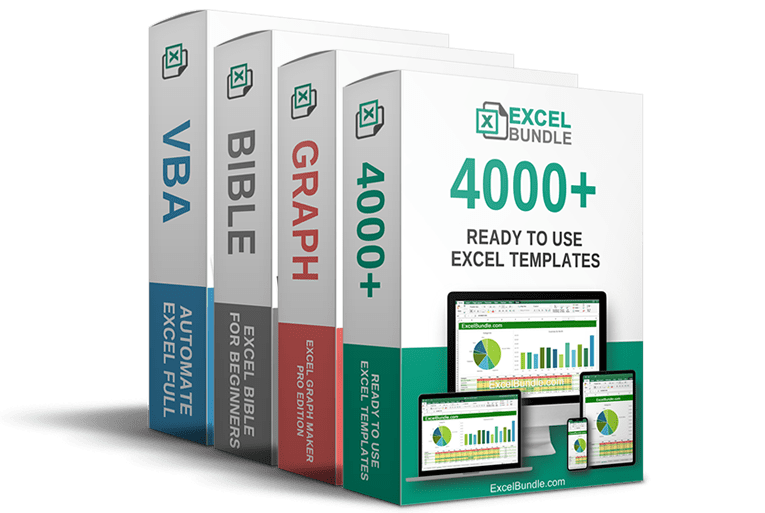50% OFF – Offer valid only today: , ,

You may be wondering if you can use formulas to validate data entries in Excel. The short answer is yes, you absolutely can! With formulas, Excel becomes an even more powerful tool that can provide checks and balances on data input. This ensures that the quality and accuracy of data in your worksheets are maintained. This tutorial from ExcelBundle is designed to walk you through the process of using formulas for data validation in straightforward language.
Data validation in Excel is a superb feature that allows one to set rules for what kind of data can (or can't) be entered into a particular cell. These rules can be as simple as limiting an entry to a specific numeric range or as complex as using a formula to dictate what entries are accepted. Once a rule is established, Excel will alert you when an input does not meet the established criteria, helping to prevent errors and improve the overall reliability of your data.
Let's walk through the process of using formulas for data validation step by step:
1. First, open your Excel workbook and select the cell (or range of cells) where you want the validation rule to apply.
2. Navigate to the 'Data' tab in the Excel ribbon. Select 'Data Validation' from the 'Data Tools' group. This will open the 'Data Validation' dialog box.
3. In the settings tab of the 'Data Validation', under 'Allow', choose 'Custom'. This will allow you to enter a formula as a validation rule.
4. A new field labeled 'Formula' will appear. Here, enter the formula that you want to use for validation. The rule to remember here is that your formula should result in a logical (TRUE or FALSE) answer. An entry will be accepted if the formula returns TRUE and rejected if it returns FALSE.
5. After entering the formula, click OK. Your validation rule is now in place!
Here are a couple of tips and tricks for making the most of using formulas in data validation:
1. While creating your formula, remember that Excel's built-in functions are your friend! Functions like AND, OR, IF, SUM, etc., can add complexity and nuance to your validation rule, contributing to the reliability of your data.
2. If you want to apply the same validation rule to multiple cells, you can copy the cell with the validation rule and use 'Paste Special > Validation' to apply it to other cells.
3. As you get more comfortable using formulas for data validation, don't shy away from using ready-made templates from ExcelBundle. This can save time and increase your efficiency, especially when dealing with complex worksheets.
In conclusion, using formulas in data validation is a potent way to maintain accuracy, improve the quality of your data entries, and up your Excel game. Whether you're a beginner looking to expand your skillset or an experienced Excel user seeking to increase efficiency, formulas for data validation are a tool worth mastering. As you continue your Excel journey, remember, ExcelBundle is always here with ready-made templates to help supercharge your productivity!
Excel is without a doubt one of the best tools on the market for working with analytical, graphical, numerical, and mathematical data. However, using it isn’t always easy—especially if you don’t have much experience and need to create reports and spreadsheets from scratch.
That’s exactly why we’ve put together this incredible, all-in-one package of ready-to-use, fully editable Excel spreadsheet templates. With it, you’ll always have a reliable starting point for your projects.
You’ll get over 4,000 ready-made and fully editable Excel templates covering a wide range of topics and industries—so you’ll always have the exact template you need, ready to use whenever you need it.






*Offer valid for a limited time.
You might have missed this opportunity!

